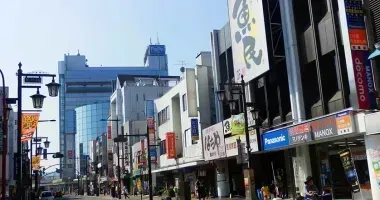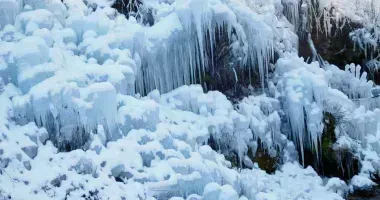Kumagaya Guide: Exploring the hidden gems of Saitama's hottest city
- Published on : 28/01/2024
- by : Japan Experience
- Youtube
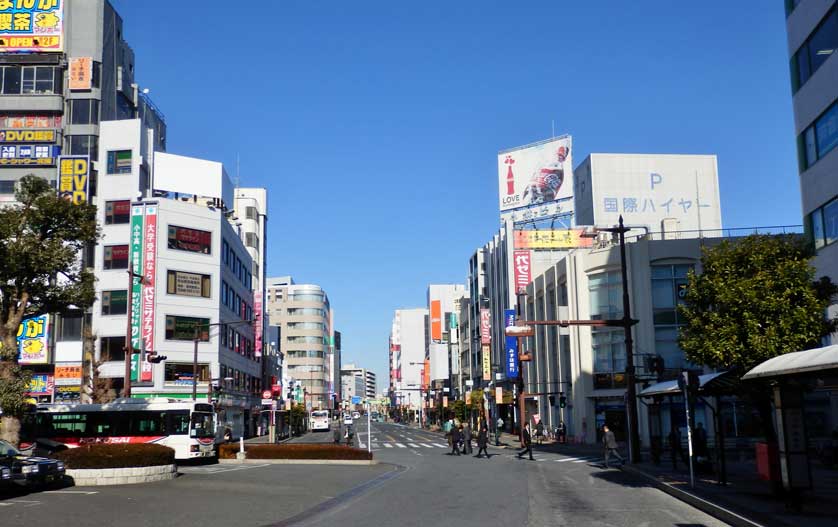
Downtown Kumagaya, Saitama Prefecture
Nestled in the heart of Saitama Prefecture, Kumagaya stands as a vibrant city with a rich tapestry of history, culture, and natural beauty. Known for its scorching summers and lively festivals, this City Between Two Riversoffers visitors a unique blend of traditional charm and modern amenities. From its ancient temples to its bustling streets, Kumagaya invites travelers to discover its hidden treasures and experience the warmth of its community. Whether you're a history buff, nature enthusiast, or food lover, Kumagaya has something special in store for every type of explorer.
Introduction to Kumagaya: A vibrant city between two rivers
Kumagaya, a city of nearly 200,000 residents, is strategically located in central northern Saitama Prefecture. Framed by the Arakawa River in the south and the Tone River in the north, the city's geography offers a unique setting for both urban life and natural beauty. As the northernmost outpost of the Tokyo Metropolitan Area, Kumagaya serves as a regional center and a gateway to northern Japan.
The city's history dates back to the late 6th century, with its official settlement as a town occurring on April 1, 1889. Kumagaya's strategic location on the ancient Nakasendo Highway, which connected Edo (now Tokyo) with Kyoto, played a crucial role in its development. During the Edo Period, it flourished as a post town, later evolving into an industrial hub during the Meiji Period with thriving silk and cement industries.
Today, Kumagaya blends its historical roots with modern development. The city is well-connected by rail, with the Joetsu and Hokuriku Shinkansen lines, as well as the JR Takasaki Line and the Chichibu Railway, making it easily accessible from Tokyo and other major cities.
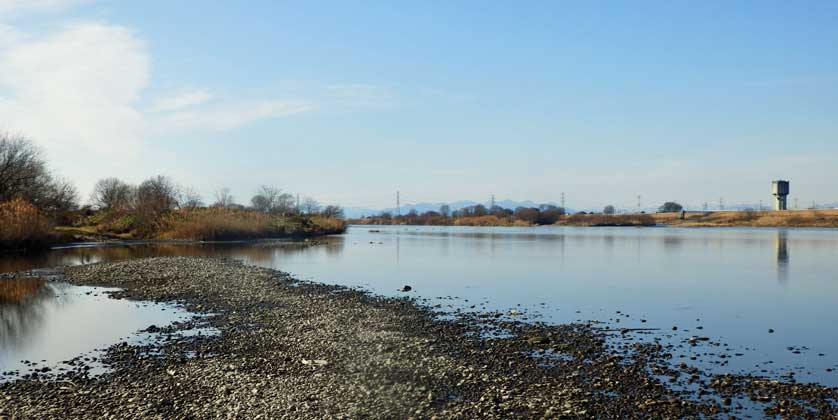
Tone River in Kumagaya, Saitama Prefecture
Kumagaya's claim to fame: Japan's hottest city and the Uchiwa Matsuri
Kumagaya has earned a reputation as one of the hottest cities in Japan, a distinction that has become part of its identity. In the mid-2000s, Kumagaya held the record for the highest temperature in Japan, recording a scorching 40.9°C (105.6°F) on August 16, 2007. This record was later broken on July 23, 2018, when the mercury soared to an incredible 41.1°C (106.0°F).
Embracing its hot reputation, the city adopted the slogan "Very hot! Kumagaya" and created a sweating mascot named Atsubee, who waves three paper fans. This clever marketing campaign has become a symbol of the city's resilience and humor in the face of extreme temperatures.
The city's most famous event, the Uchiwa Matsuri or Fan Festival, is intricately tied to Kumagaya's hot summers. Held annually from July 20th to 22nd, this festival is one of the largest in the Kanto region, attracting over 750,000 visitors. The festival's name comes from the uchiwa (paper fans) that local businesses began distributing in 1897 as a clever marketing tactic.
The Uchiwa Matsuri features a spectacular parade of 12 large, ornate floats through the city streets, accompanied by traditional music and drumming. The highlight is the tatakiai, a drumming competition where young performers showcase their skills atop the festival floats. The festival culminates in a dramatic gathering of all 12 floats at the city hall intersection, forming a fan shape that pays homage to the festival's namesake.
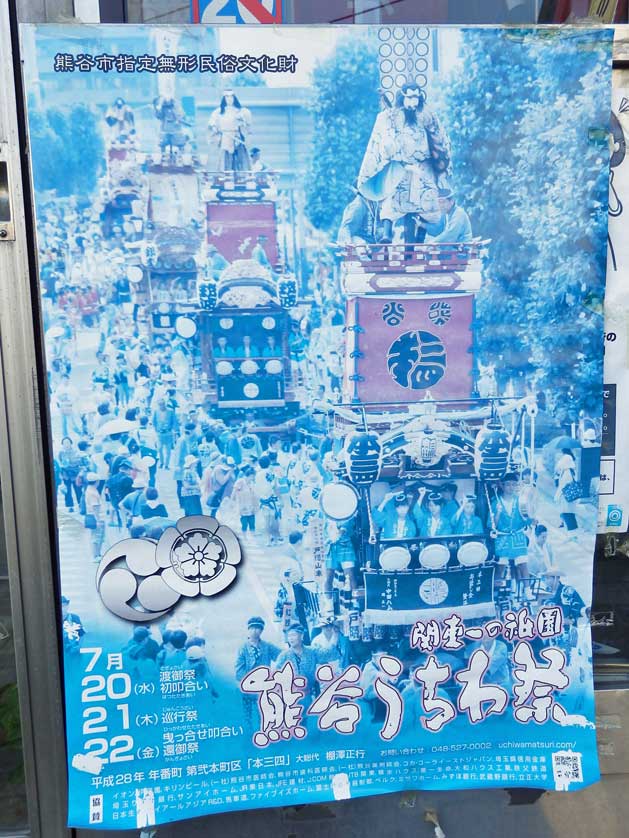
Uchiwa Fan Festival Poster
Historical and cultural landmarks: Menuma Shodenzan Kangiin Temple and beyond
Kumagaya boasts several historical and cultural landmarks, with the Menuma Shodenzan Kangiin Temple standing out as the crown jewel. Founded in 1179, this Shingon sect temple became Saitama Prefecture's first National Treasure in 2005 when Kumagaya absorbed the town of Menuma.
The temple is dedicated to Shoden, a deity associated with unity and success. Its main hall, completed in 1760, is renowned for its lavish decorative style and extraordinarily intricate wood carvings. The temple complex includes several impressive structures:
- The Kisoumon Gate, built in 1851, featuring detailed wood carvings
- The Shikyaku Gate and Nio Gate, with the latter housing guardian statues from 1658
- The main hall, Kangiin Seitendo, covered in painstakingly detailed carvings and vibrant colors
- A unique carving depicting an eagle rescuing a monkey, symbolizing divine intervention in human affairs
Often called the "Nikko of Saitama," Menuma Shodenzan Kangiin Temple rivals the famous Toshogu mausoleum in Nikko in terms of its ornate decoration and historical significance.
Other notable landmarks in Kumagaya include:
- Seikeien Garden: A stroll garden constructed between 1865 and 1868, designated as one of Japan's cultural assets
- Ancient burial mounds: Testaments to the area's long history
- The SL Paleo Express: A historic steam locomotive that offers scenic rides through the Chichibu region
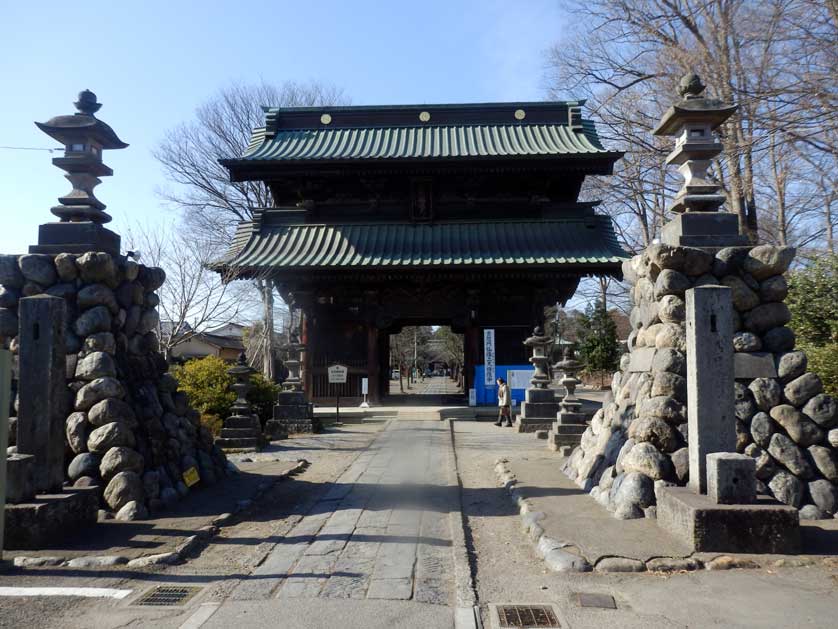
Kisoumon Gate, Menuma Shodenzan Temple, Kumagaya, Saitama Prefecture
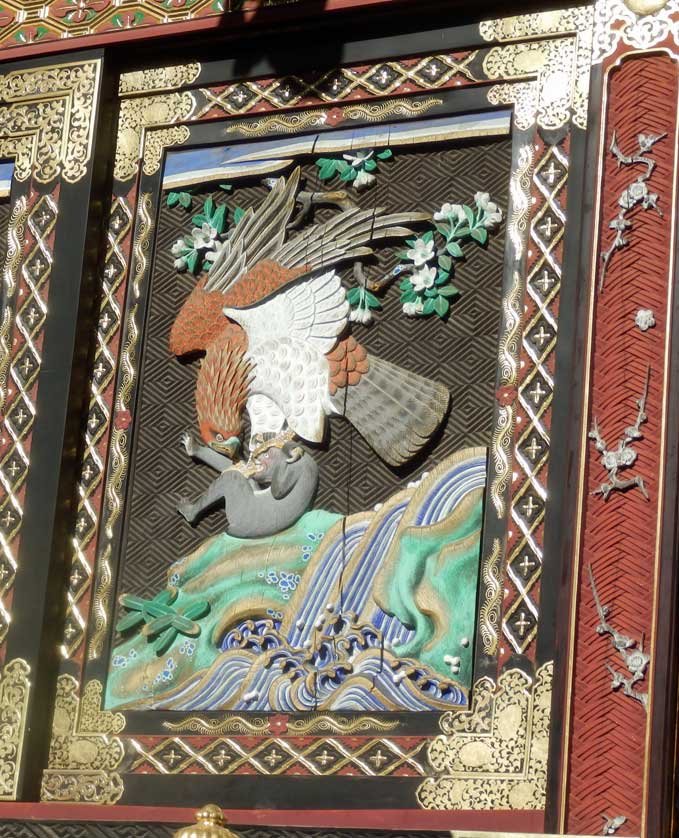
Eagle rescues monkey - artwork on the Inner Hall of Menuma Shodenzan Temple, attributed to Jingoro Hidari
Natural beauty and outdoor activities: Rivers, parks, and cherry blossoms
Despite its urban character, Kumagaya offers plenty of opportunities to enjoy nature and outdoor activities. The city's location between two major rivers provides scenic spots and recreational areas:
The Arakawa River, easily accessible from Kumagaya Station, features the Arakawa River Park. This park offers a pleasant walkway atop a dam, lined with cherry trees. During the cherry blossom season in late March to early April, the park becomes a popular spot for hanami (cherry blossom viewing) parties. On clear days, visitors might catch a glimpse of Mount Fuji or the closer, snow-capped Mount Asama in Gunma Prefecture.
The Tone River, marking the northern boundary of both the city and Saitama Prefecture, is Japan's second-longest river and carries the largest volume of water. A dam along the river provides a walking and cycling path with views of the Gunma mountains to the north.
For those seeking more structured green spaces, Kumagaya offers:
- Central Park: Opened in 1986, providing urban green space
- Sports Park: Established in 1988, offering recreational facilities
- Beppu-marsh Park: Opened in 1994, showcasing local wetland ecosystems
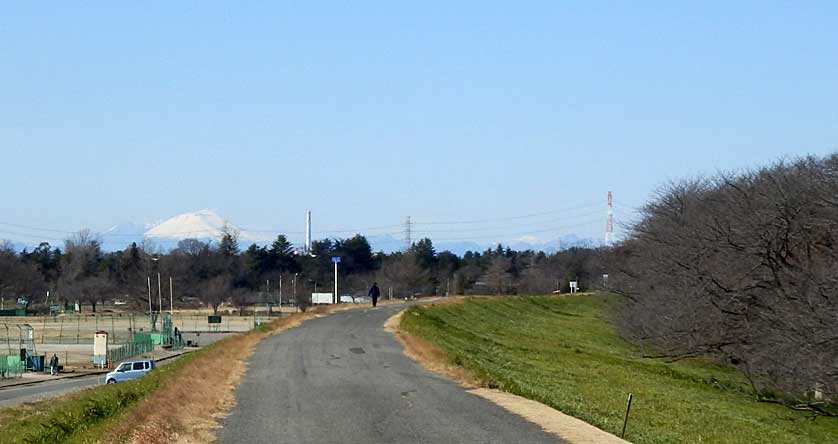
Arakawa River Park with view to snow-covered Mount Asama, Kumagaya
Culinary delights: Local specialties and temple food
Kumagaya's culinary scene reflects its blend of rural traditions and urban influences. Some local specialties include:
Udon noodles: Saitama is Japan's second-largest consumer of udon, and Kumagaya offers various styles, from traditional dashi broth to creative cold or fried versions.
Horumon: A local favorite, this dish consists of grilled internal organs of beef or pork. It's particularly popular at bars and street stalls, where its salty flavor pairs well with drinks.
Menuma Spring Onions (Menuma-negi): Grown in the Menuma region of Kumagaya, these spring onions are known for their sweetness, especially when cooked.
Temple Food: The signature dish at Menuma Shodenzan Temple is inari sushi - deep-fried tofu pouches filled with vinegared rice and pickled vegetables. This dish reflects the Buddhist tradition of vegetarian cuisine.
Gokabo: A traditional sweet made from rice cake rolls coated in roasted soybean powder, dating back to the Edo Period.
For those looking to pair local food with drinks, Kumagaya offers several establishments serving premium beers alongside these regional specialties.
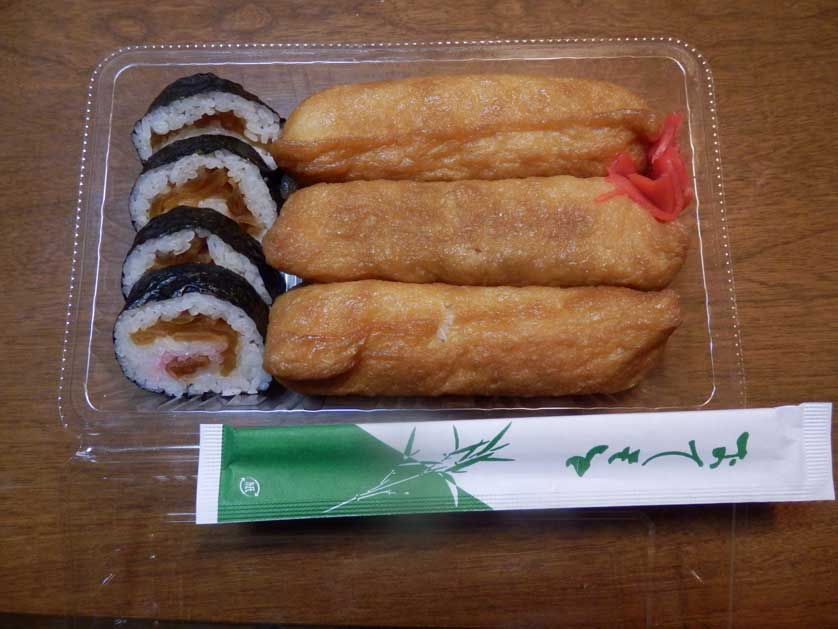
Inari Sushi sold at Menuma Shodenzan Temple, Kumagaya, Saitama Prefecture
Seasonal highlights: Festivals, events, and best times to visit
Kumagaya offers attractions year-round, but certain seasons bring special events and natural beauty:
Spring (March-May): The cherry blossom season transforms the city, especially along the Arakawa River. The contrast of pink cherry blossoms and yellow nanohana (rapeseed) flowers creates a stunning visual display.
Summer (June-August): The highlight is the Uchiwa Matsuri in July. Despite the heat, this festival draws huge crowds for its vibrant parades and competitions.
Autumn (September-November): The comfortable temperatures make this an ideal time for outdoor activities and appreciating the changing foliage in parks and along the rivers.
Winter (December-February): While less busy, winter offers a chance to enjoy local hot springs and seasonal food specialties.
Other notable events include:
- The Saitama Exhibition (held periodically)
- Sports events at the Kumagaya Rugby Stadium, which hosted games during the 2019 Rugby World Cup
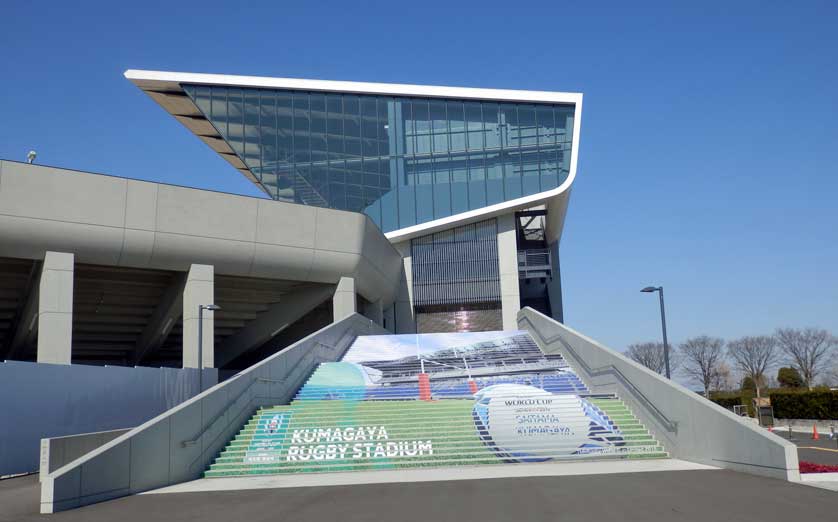
Kumagaya Rugby Stadium, Saitama Prefecture
Practical information: Access, transportation, and tips for visitors
Access: Kumagaya is easily reached from Tokyo:
- By Shinkansen: The Joetsu or Hokuriku Shinkansen from Tokyo Station takes about 38 minutes
- By regular train: The JR Takasaki Line from Ueno Station takes about 76 minutes
Local Transportation: Kumagaya Station serves as the central hub. Many attractions are within walking distance or a short bus ride. SUICA or PASMO cards are accepted on local buses.
Tips for Visitors:
- Summer heat can be intense; stay hydrated and use sun protection
- Consider visiting in spring or autumn for milder weather
- Check the official Kumagaya City website (www.city.kumagaya.lg.jp) for up-to-date event information
- If attending the Uchiwa Matsuri, book accommodations well in advance
Kumagaya offers a unique blend of history, culture, and natural beauty, all within easy reach of Tokyo. Whether you're drawn by its famous summer festival, intrigued by its historical temples, or simply looking for a taste of Japanese life outside the major tourist hubs, Kumagaya welcomes you with open arms and, of course, a cooling fan to beat the heat.




